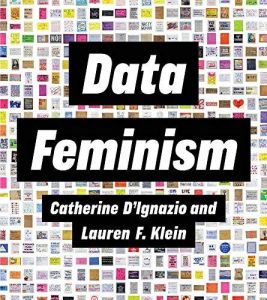Melden Sie sich bei getAbstract an, um die Zusammenfassung zu erhalten.

Melden Sie sich bei getAbstract an, um die Zusammenfassung zu erhalten.
Catherine D'Ignazio and Lauren F. Klein
Data Feminism
MIT Press, 2020
Was ist drin?
“Data feminists” ask who’s counting what and why; then they push for change.
Recommendation
What gets left out of datasets can be interesting and as telling as what gets left in. Catherine D’Ignazio and Lauren F. Klein ask: Who decides? They illustrate their “seven principles of data feminism” through campaigns and creative projects. Though aimed at data scientists, “data visualizers” and anyone relying on data to make their arguments – which means everyone – will find much to ponder. Considering the source has never mattered more.
Summary
About the Authors
Catherine D’Ignazio teaches Urban Science and Planning at MIT. Co-author Lauren F. Klein teaches Quantitative Theory and Methods at Emory University.

























Comment on this summary